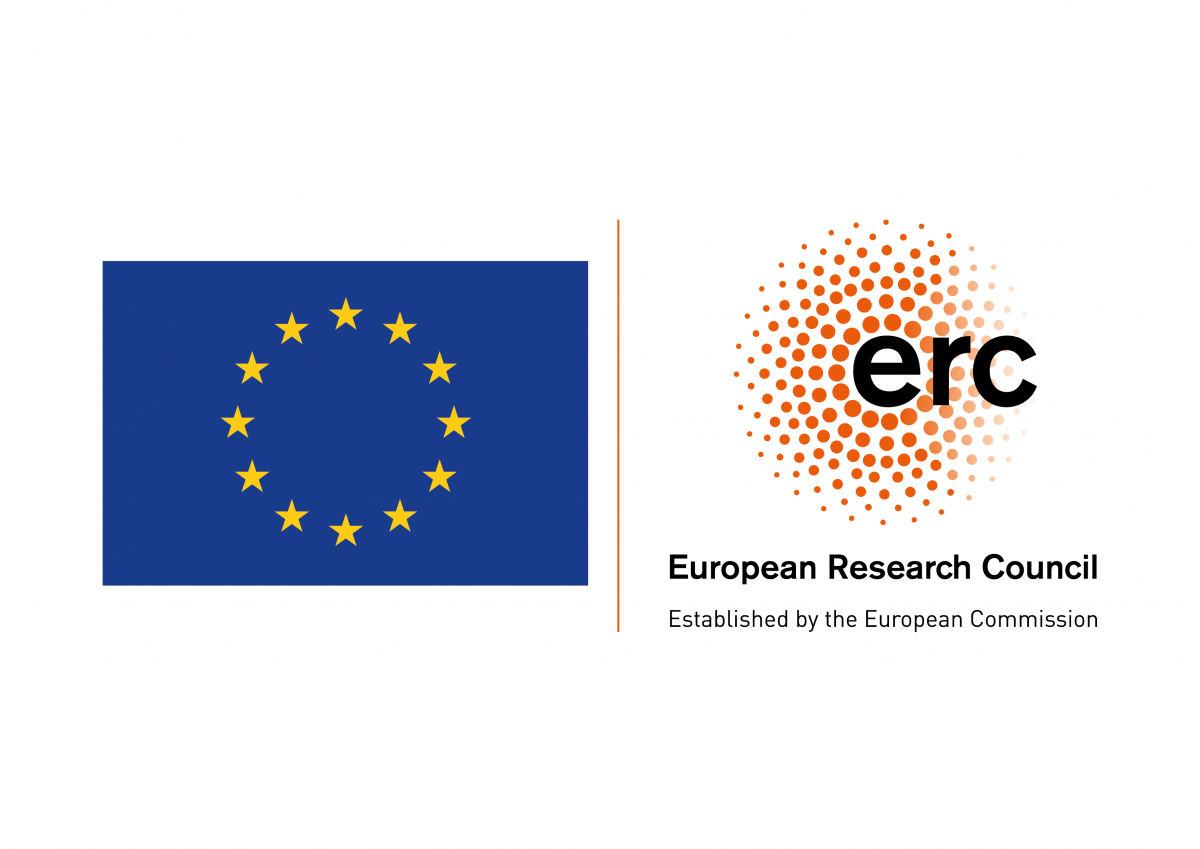The ERC project CREATIVE IPR examines the history of the intellectual property rights in the creative industries, from the Paris Treaty (1883) and the Berne Convention (1886) to the present day, with a focus on Europe in the global world.
Intellectual property rights (IPRs) are a composite of laws that regulate the creations of the mind. These rights are of at least four types patent, copyright, industrial property, and trademark, to which one can sometimes add trade secrets and fair competition. The creative industries can be defined as covering “the creations of the mind”, but such a definition requires more precision. The creative industries can be located along the high arts or they can be, to use a term coined by lawyers Rochelle Dreyfuss and Jane C. Ginsburg, at the edge, between art and commerce (Dreyfuss, Ginsburg, 2014). One point that rarely varies, however, is the contrast between the economy of the emerging creator, who generally works on a small scale, and that of the large corporation. Yet all creative players concerned with protecting their creations of the mind need to navigate the same system of intellectual property rights.
This workshop will aim to examine the international aspects of the political economy of property rights. Looking back at the history of the creative industries, one can see that, when the weight of a given industry was with imitators and disseminators – in many creative fields in the US in the late nineteenth century, in China in the contemporary period – the legislator refused to protect the creative industries, as shown, for example, in the works of Andrew Mertha on China (Mertha 2005). Governments may reinforce intellectual protection on industries where they are certain to have a competitive advantage over other nations and wish to curb the production of substitutes, as described in the works of Michael Porter (Porter 1989). Industries actively lobby governments in order to obtain more, or less, protection. For example, in the United States, the entertainment industries have, during the late twentieth century, argued for maximum intellectual property rights protection (Stieglitz 2008). Conversely the US fashion industry, for example, has been overall asking for less intellectual property rights protection, as a substantial part of the industry was for a long time built upon making imitations of European designs (Scafidi 2005, Raustiala, Sprigman 2010), but luxury does not act the same (Donzé, Pouillard, Roberts 2011).
Legal frameworks are still for a large part national. Historians have often started by examining this institutional framework, for example with studies on national branding, or on Appellations d’Origine Contrôlée, all topics that are highly influential to the background of this new project (Duguid, Lopes 2010, Guy 2003, Stanziani 2012). In some fields, for example in design history, experts also stress the role of the nation in building brand narratives as well as in fostering and rewarding creativity (Fallan, Lees-Maffei 2016, Mordhorst 2014).
The international dimension in the history of intellectual property rights in the creative industries matters for several reasons. One is institutional: experts have, from the nineteenth century at least, federated in order to bring expertise together, harmonize legal frameworks, and eventually create common institutions. More recent cases have shown that there is also a lack of international jurisdiction for such matters. Can the European courts be enough to judge cases that involve large multinational corporations in the management of intellectual property rights portfolios, and the creation of monopolies on such matters? For example, which jurisdiction can be vested with the responsibility of instructing and judging the use by fashion multinational Nike of its intellectual property rights revenue, that the firm has reportedly managed without always declaring it to tax authorities? Or to manage so-called tax loopholes in the absence of international jurisdiction specialized in these matters? Such recent examples show that the findings of CREATIVE IPR will need to be contextualized in the history of globalization (Wilkins 1970, Jones 2005, Stiglitz 2008).
Organization:
Professor Véronique Pouillard, Creative IPR PI v.i.c.pouillard@iakh.uio.no
Project coordinator Julianne Rustad julianne.rustad@iakh.uio.no
Project officer Torstein Bredal Jenssen t.b.jenssen@iakh.uio.no


